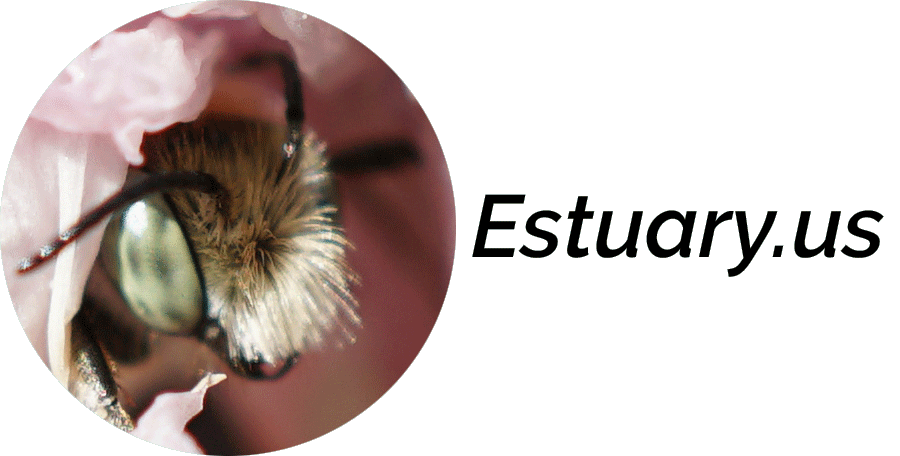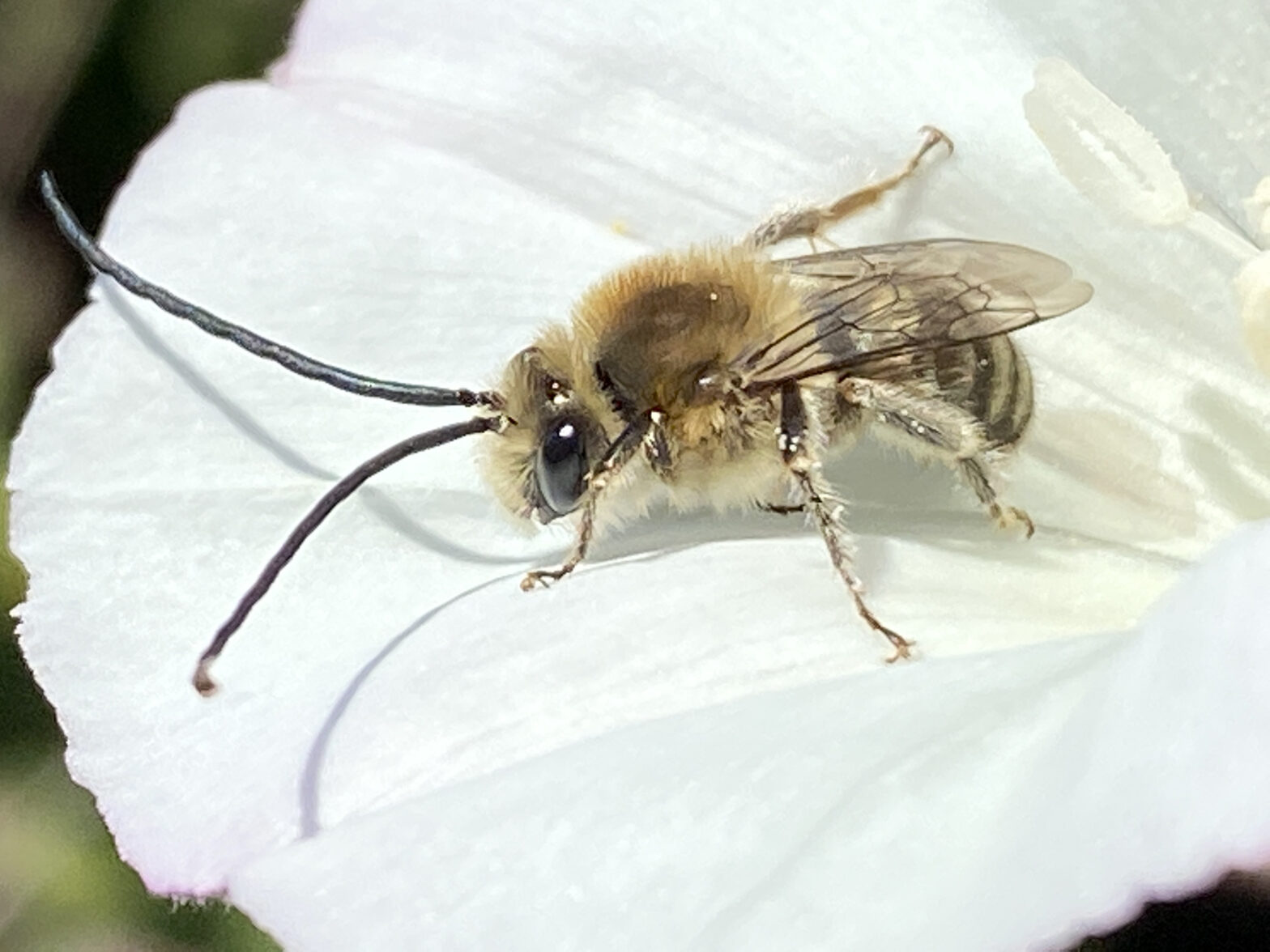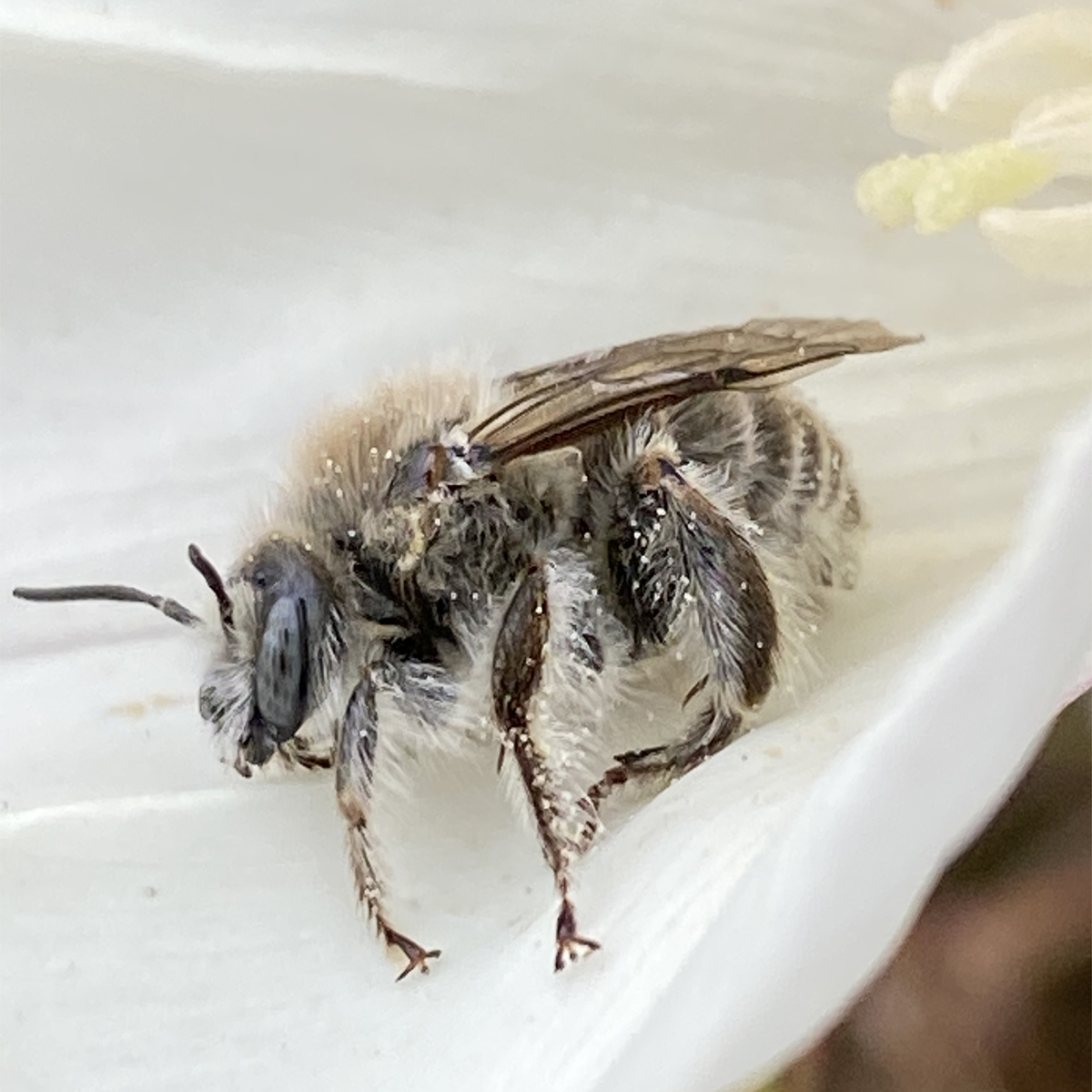Prologue The first time I observed a Crotch’s Bumble Bee, Bombus crotchii (B. crotchii) was in June of 2019, during the first summer after the Woolsey Fire. Prior to that sighting, nature had already demonstrated its remarkable power: Higher than average rain in the desert and surrounding areas had spiked a spring wildflower super-bloom. An… Continue reading Crotch’s Bumble Bee
Tag: native bee
A Long-horned Bee: Subgenus Synhalonia
Long-horned bee species that are active in the spring to early summer are in the genus Eucera. Synhalonia is the only subgenus of Eucera present on the North American continent. Synhalonia comprises 55 species, with most of them occurring in the western states. The three bees featured here might be of the same species, but… Continue reading A Long-horned Bee: Subgenus Synhalonia
Bindweed Turret Bee
The Bindweed Turret bee, Diadasia bituburculata, is a solitary bee that nests in the ground. Each female digs her own nest and provides sustenance in the form of pollen and nectar packets that she leaves in the nest for the larvae to eat when they hatch.


